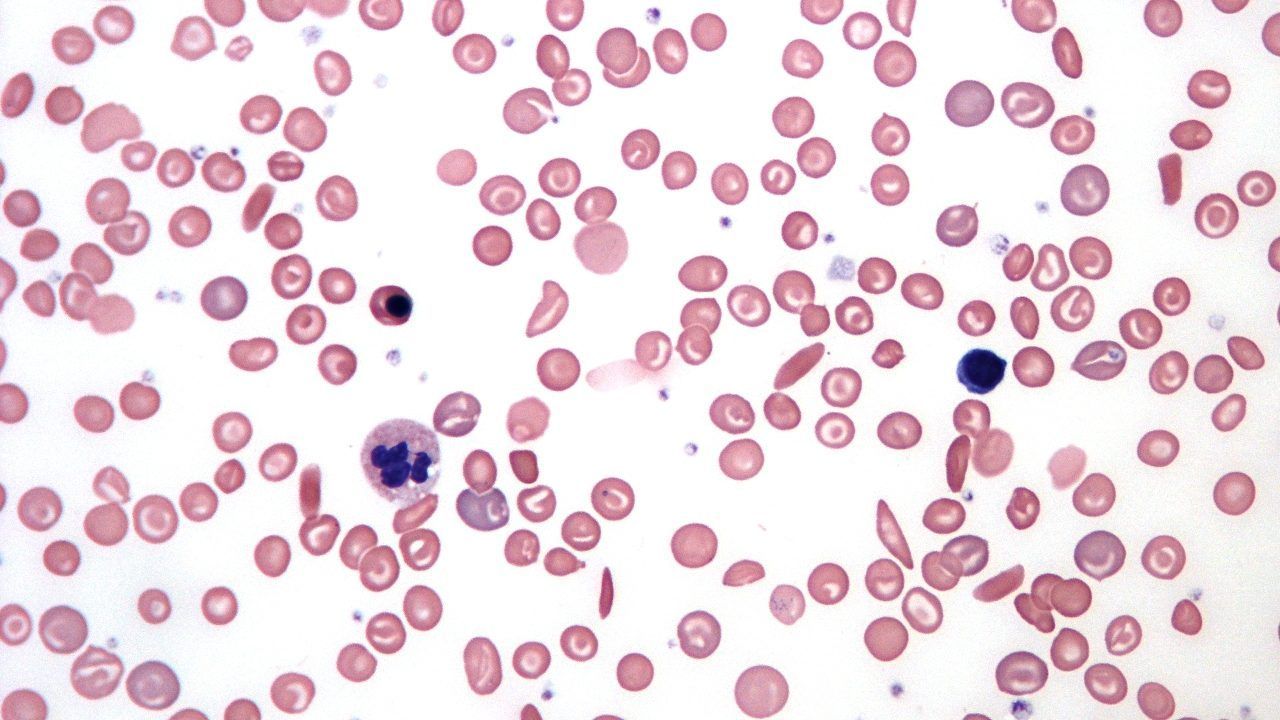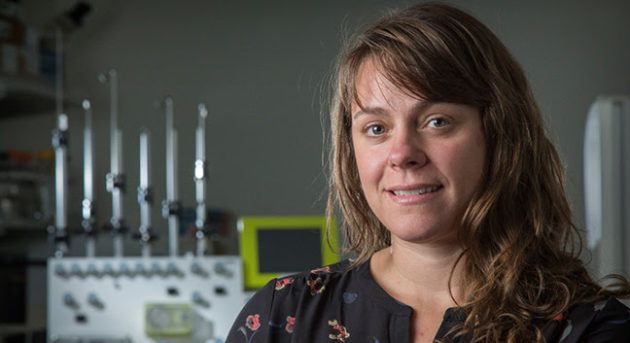
Category: genetics


Kernel’s Quest to Enhance Human Intelligence
Today I’m announcing a $100M commitment to Kernel in an effort to enhance human intelligence and reimagine our future. Unlocking our brain is the most significant and consequential opportunity in history — and it’s time sensitive.
We’re starting to identify the mechanisms underlying neural code and make them programmable. Our biology and genetics have become increasingly programmable; our neural code is next in line. Programming our neural code will enable us to author ourselves and our existence in ways that were previously unimaginable.
I started Kernel in 2016 (read more at the Washington Post) to build the world’s first neural prosthetic for human intelligence enhancement. The investment I’m making in Kernel today will expedite the development of this prosthetic and similarly transformative neurotechnologies.


Newly-developed ‘gene therapy in a box’ could save millions of lives
Gene therapy in a box could reduce costs and save lives.
Gene therapy — the process of genetically altering cells to treat disease — is a highly promising process being studied as a way to cure devastating conditions like genetic disorders, HIV, and even cancer.
But despite the great need for medical advances in these areas, gene therapy can only be performed at a handful of high-tech clinics around the world and require highly trained staff, meaning that it may never be accessible to the millions of people whose lives it could save.
Enter “gene therapy in a box,” a table-top device developed at the Fred Hutchinson Cancer Research center in Seattle, which could provide gene therapy treatments without the expensive and rare medical infrastructure currently needed. My hope is that this technology… could open the door to saving millions of lives.


CRISPR-based startups rush to IPO and don’t seem to care that we don’t know who officially owns CRISPR
CRISPR Therapeutics—a Swiss startup hoping to harness the gene-editing technology it’s named after to develop treatments for genetic illnesses like sickle-cell anemia and cystic fibrosis— went public today (Oct. 19), raising $56 million in its initial public offering. It’s the third CRISPR-related biotech to IPO this year despite a pitched battle over who owns the patent to the breakthrough technique.
The market for CRISPR (short for “clustered regularly interspaced short palindromic sequences”) is projected to be worth more than $5.5 billion by 2021, nearly double its current value, according to research firm MarketsandMarkets. The potential of the cheap, easy-to-use technology—which could do everything from creating a mushroom that doesn’t brown to curing cancer by cutting and pasting snippets of DNA—has companies rushing to develop new applications even though no one knows who will ultimately control it.
“It’s a race,” says Fabien Palazzoli, head of biotech intellectual property (IP) analytics for the consulting firm IPStudies. “It’s a race for the IPO, for the scientific results, for the FDA recommendation, for the IP.”
Humanized organs in gene-edited animals
Humanized organs in gene-edited animals is one potential way medicine can deal with the demand for transplant organs.
One potential avenue for research and to help solve the organ shortage is to modify animals to be closer matched to humans in order to have organs capable of being used for transplant. This short paper is an interesting primer into the subject and touches upon the technical and ethical concerns involved here.
It is one possible solution to the problem, however, 3D bioprinting increases in sophistication and other methods are also being developed that would render this approach needless. Still this is an interesting insight into regenerative medicine and one possible path research might take.
#LifespanIO #aging #crowdfundthecure
http://www.futuremedicine.com/doi/10.2217/rme-2016-0096

Engineers reveal fabrication process for revolutionary transparent graphene neural sensors
In an open-access paper published Thursday (Oct. 13, 2016) in the journal Nature Protocols, University of Wisconsin–Madison engineers have published details of how to fabricate and use neural microelectrocorticography (μECoG) arrays made with transparent graphene in applications in electrophysiology, fluorescent microscopy, optical coherence tomography, and optogenetics.
Graphene is one of the most promising candidates for transparent neural electrodes, because the material has a UV to IR transparency of more than 90%, in addition to its high electrical and thermal conductivity, flexibility, and biocompatibility, the researchers note in the paper. That allows for simultaneous high-resolution imaging and optogenetic control.

The 4 big ethical questions of the Fourth Industrial Revolution
https://youtube.com/watch?v=khjY5LWF3tg
We live in an age of transformative scientific powers, capable of changing the very nature of the human species and radically remaking the planet itself.
Advances in information technologies and artificial intelligence are combining with advances in the biological sciences; including genetics, reproductive technologies, neuroscience, synthetic biology; as well as advances in the physical sciences to create breathtaking synergies — now recognized as the Fourth Industrial Revolution.

Researchers improve accuracy of synthetic clock
Nice.
(Phys.org)—A team of researchers with Harvard University and the University of Cambridge has successfully improved the accuracy of a synthetic clock known as a repressilator. In their paper published in the journal Nature, the team describes the steps they took to reduce the amount of noise in the biological system and how well it worked. Xiaojing Gao and Michael Elowitz with the California Institute of Technology offer a News & Views piece on the work done by the team and explain how their results could improve understanding of natural gene circuits.
Scientists have noted the high precision that some living cells demonstrate in keeping track of time, such as those that are part of the circadian clock, and have tried to duplicate the process. Sixteen years ago, Michael Elowitz and Stanislas Leibler developed what is now known as the repressilator—a synthetic oscillating genetic circuit. Their results demonstrated that it was possible for genetic circuits to be designed and built in the lab. The resulting circuit functioned, but was noisy, and therefore much less accurate than natural cell clocks. In this new effort, the researchers improved several of the design steps of the repressilator, each greatly reducing the amount of noise, and in so doing, increased the precision.
The repressilator was made using repressor proteins that would bind to DNA sequences that were adjacent to a gene to be targeted for inhibition. Three repressors were created such that each one represented the expression of the next cycle—when the protein in one repressor increased, it caused a decrease in the expression of the second, which in turn caused an increase in expression of the third, and so on, resulting in oscillations—the actions were monitored by reporters. Unfortunately, each was bothered by random fluctuations known as noise. To reduce the noise, the researchers integrated the reporters into the repressilator, engineered the repressor proteins to degrade in order to reduce the number of copies made, and increased the binding threshold between one of the repressors and the DNA sequence.
 Gene therapy — the process of genetically altering cells to treat disease — is a highly promising process being studied as a way to cure devastating conditions like genetic disorders, HIV, and even cancer.
Gene therapy — the process of genetically altering cells to treat disease — is a highly promising process being studied as a way to cure devastating conditions like genetic disorders, HIV, and even cancer.